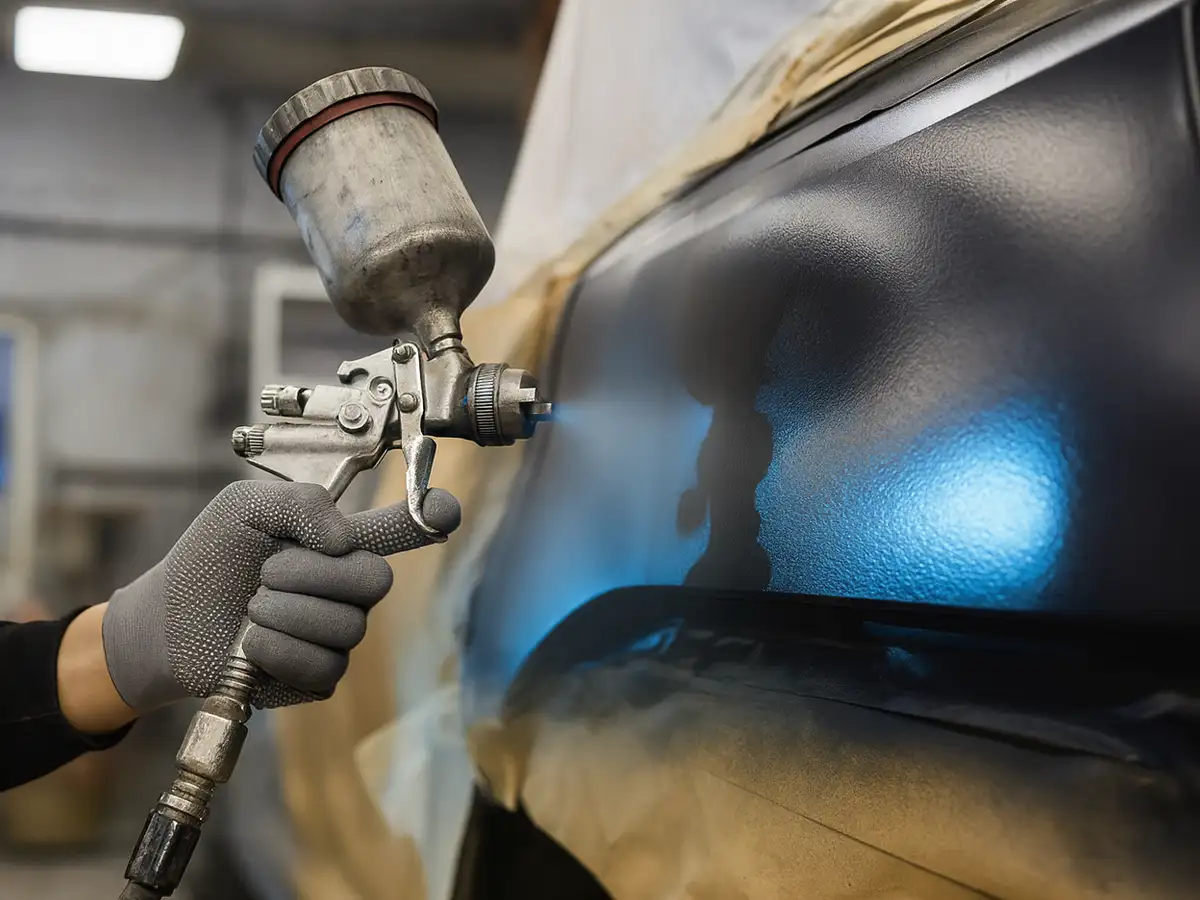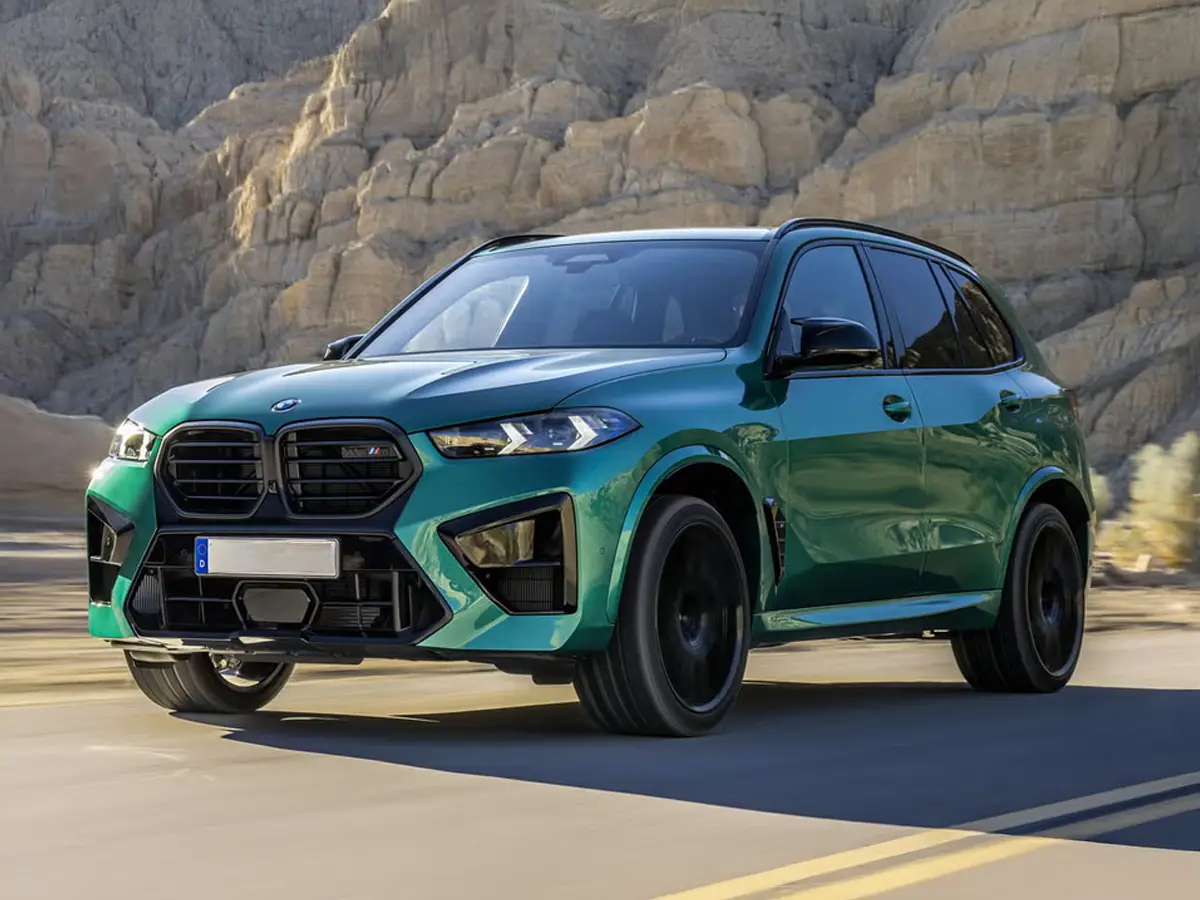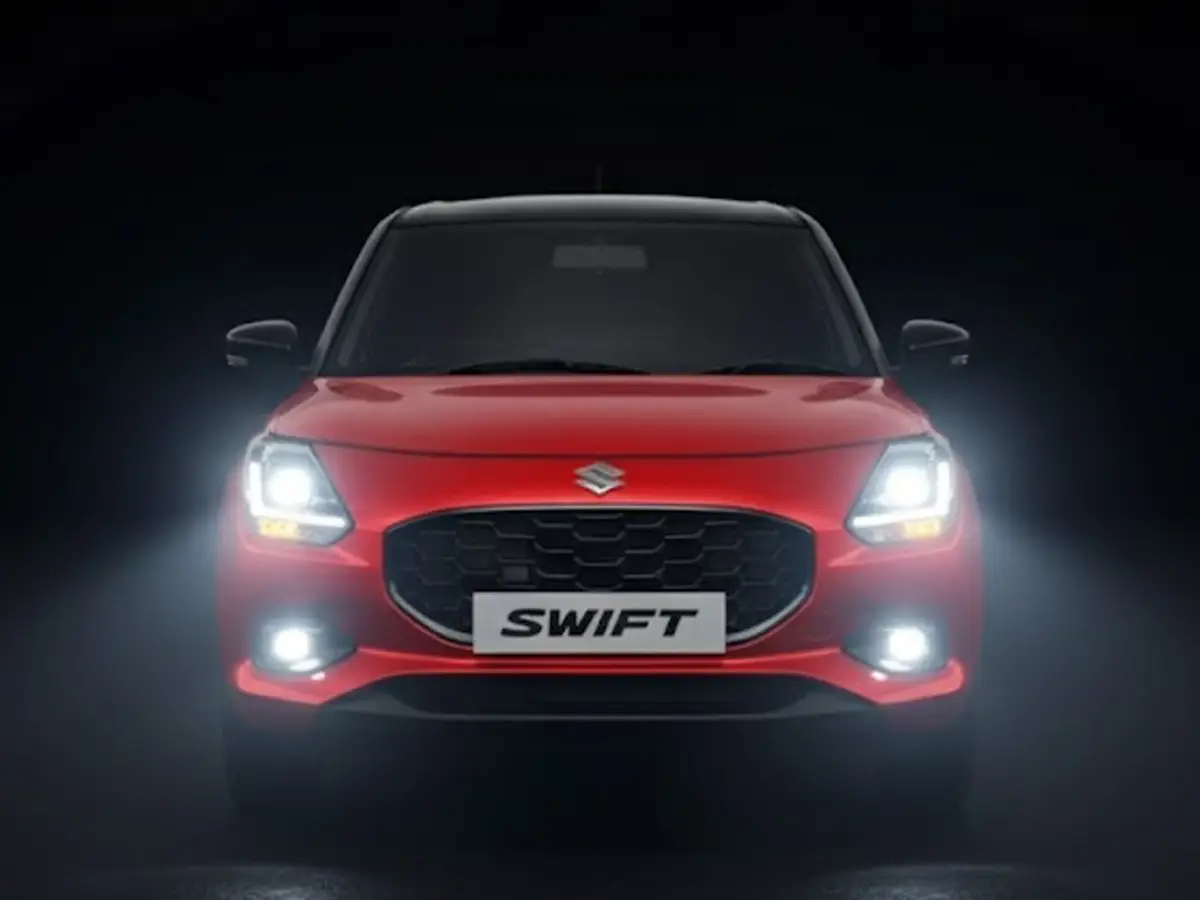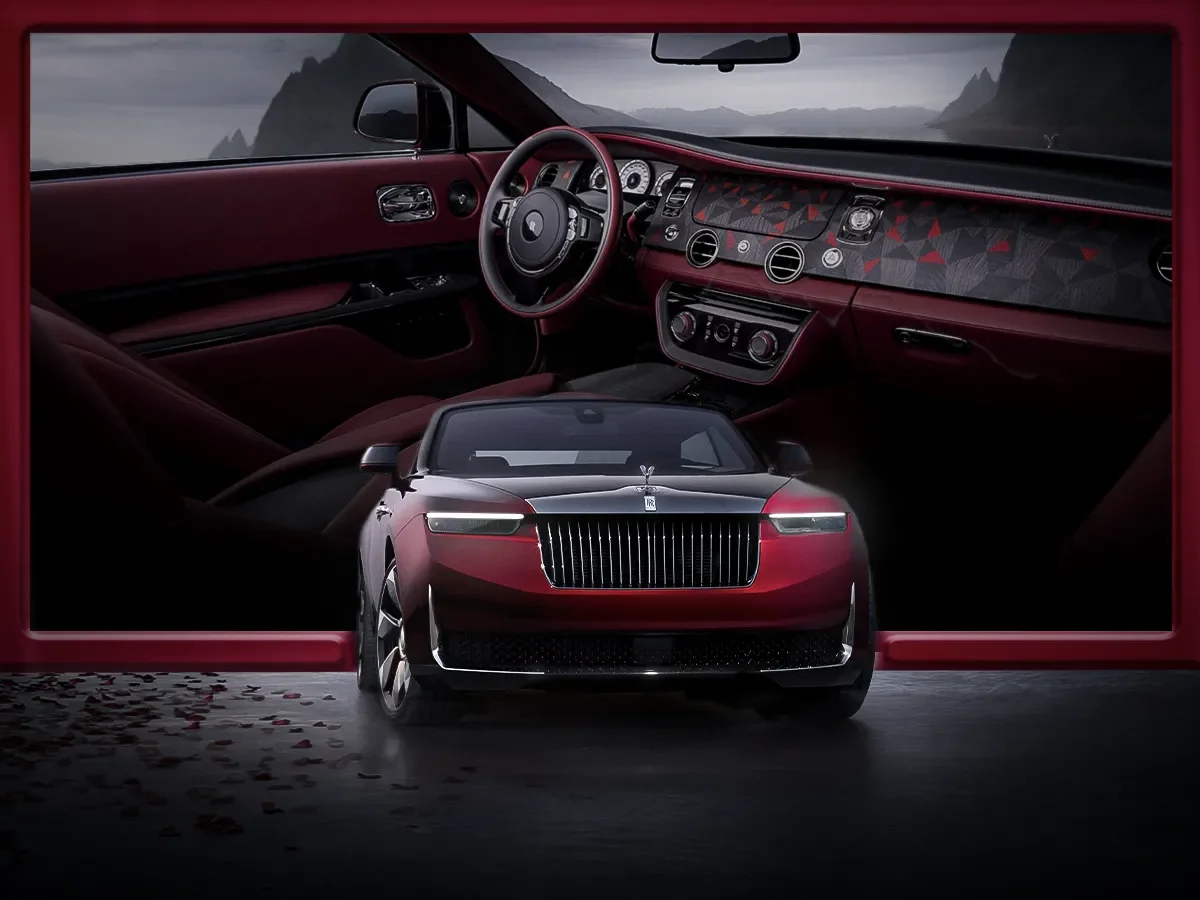

How to Inspect Paint Finish Consistency and Detect Possible Body Repairs or Repainting
- 1Sunlight reveals what showroom lights can easily hide in car paint
- 2Uneven panel gaps and reflections often point to past body repairs
- 3A quick touch test can uncover hidden flaws in a paint finish
- 1. Always Inspect Under Good Lighting
- 2. Run Your Hand Across the Surface
- 3. Look for Colour or Shade Variations
- 4. Check Panel Gaps and Alignment
- 5. Use the Magnet Test
- 6. Watch Out for Overspray
- 7. Inspect the Reflections
- 8. Use a Paint Thickness Gauge (If Available)
- 9. Examine Door Jambs and Hidden Areas
- 10. Don’t Forget the Feelings Test
- Get a Professional Opinion Before You Commit
- A PDI Can be a Lifesaver
When it comes to buying a car, whether new or used, what you see isn’t always what you get. The paint might look flawless at first glance, but a closer look can reveal hidden repairs, repainting, or even subpar bodywork. So, how can you tell if that glossy shine is factory-fresh or covering up a past accident?
Let’s walk through how to inspect paint finish consistency like a pro, no fancy tools required (but they help!). Whether you’re buying, selling, or just curious, this guide is here to help you spot the subtle signs that others might miss.
1. Always Inspect Under Good Lighting
Natural daylight is your best friend when it comes to examining paint. Step outside and look at the car from various angles. Artificial showroom lighting can hide imperfections, but sunlight? It tells no lies.
If you’re indoors, use an LED inspection light or even your smartphone flashlight held at a low angle across the paint. This can reveal uneven textures, small scratches, or signs of repainting.
2. Run Your Hand Across the Surface
Your fingertips can detect what your eyes might miss. Slowly glide your hand over the body panels. Does it feel consistent? Bumpy or uneven textures (especially the "orange peel" effect) may indicate poor paint application or body filler underneath.
3. Look for Colour or Shade Variations
Factory paint jobs are consistent across the entire car. If you spot a panel that's slightly different in shade or glossiness, that's a red flag. Repainted panels often don’t match perfectly, especially under natural light or direct sun.
4. Check Panel Gaps and Alignment
Stand back and look at the panel gaps between the hood, doors, trunk, and fenders. Are the gaps even on both sides? Misaligned panels could suggest past collision repairs. A quick look along the bodyline from one end to the other can also help you spot distortions.
5. Use the Magnet Test
Here’s an old-school trick: grab a small magnet and gently move it across steel body panels. If it doesn’t stick in certain spots, it might be due to body filler covering a previous dent or repair. Be gentle, you don’t want to scratch the paint!
6. Watch Out for Overspray
Check around the edges of windows, rubber seals, emblems, and trim pieces. If you see paint where it shouldn’t be, like on the rubber or glass, that’s overspray, and it's a common sign of a rushed or careless repaint.
7. Inspect the Reflections
This one’s simple but powerful. Stand back and look at how straight lines (like a light pole or building) reflect across the body. If the reflection warps or distorts in certain areas, the panel may have been repaired or filled.
8. Use a Paint Thickness Gauge (If Available)
If you want to take things a step further, a digital paint thickness gauge can tell you exactly how much paint is on each panel. Factory paint usually has a uniform thickness. If one panel is much thicker than the others, it's probably been repainted or filled.
9. Examine Door Jambs and Hidden Areas
Open the doors, trunk, and hood to inspect areas that are harder to reach with a spray gun. If the paint in these areas looks rough, uneven, or different in colour, chances are the vehicle has been repainted.
10. Don’t Forget the Feelings Test
Sometimes, your gut knows best. If a panel looks “off” compared to the others, or if something about the finish just doesn’t sit right, dig deeper. A quality inspection is part science, part intuition.
Why This Matters
Knowing how to inspect paint finish consistency isn’t just about appearances; it’s about peace of mind.
- Avoid overpaying for a car with hidden damage
- Protect your investment by ensuring quality workmanship
- Uncover safety issues from improperly repaired collision damage
- Get better resale value down the line with an accurate vehicle history
Get a Professional Opinion Before You Commit
Let’s be honest, most people don’t have the time (or tools) to go through all of this. That’s where we come in.
Want peace of mind before signing that contract? Let CARS24’s pre-delivery inspection service do the detective work for you, thorough, unbiased, and detailed.
We inspect every inch of your vehicle so you know exactly what you're getting. From paint thickness to alignment checks, we leave no panel unturned.
A PDI Can be a Lifesaver
Cars are big purchases, and a flawless paint job is often used to mask less-than-perfect repairs. But with a bit of knowledge, a good eye, and maybe a helping hand, you can see through the shine and make a smart, confident decision.
So, next time you’re eyeing that gleaming new ride, remember this checklist, trust your instincts, and never underestimate the story your paint can tell.
Frequently Asked Questions
Expand all





















